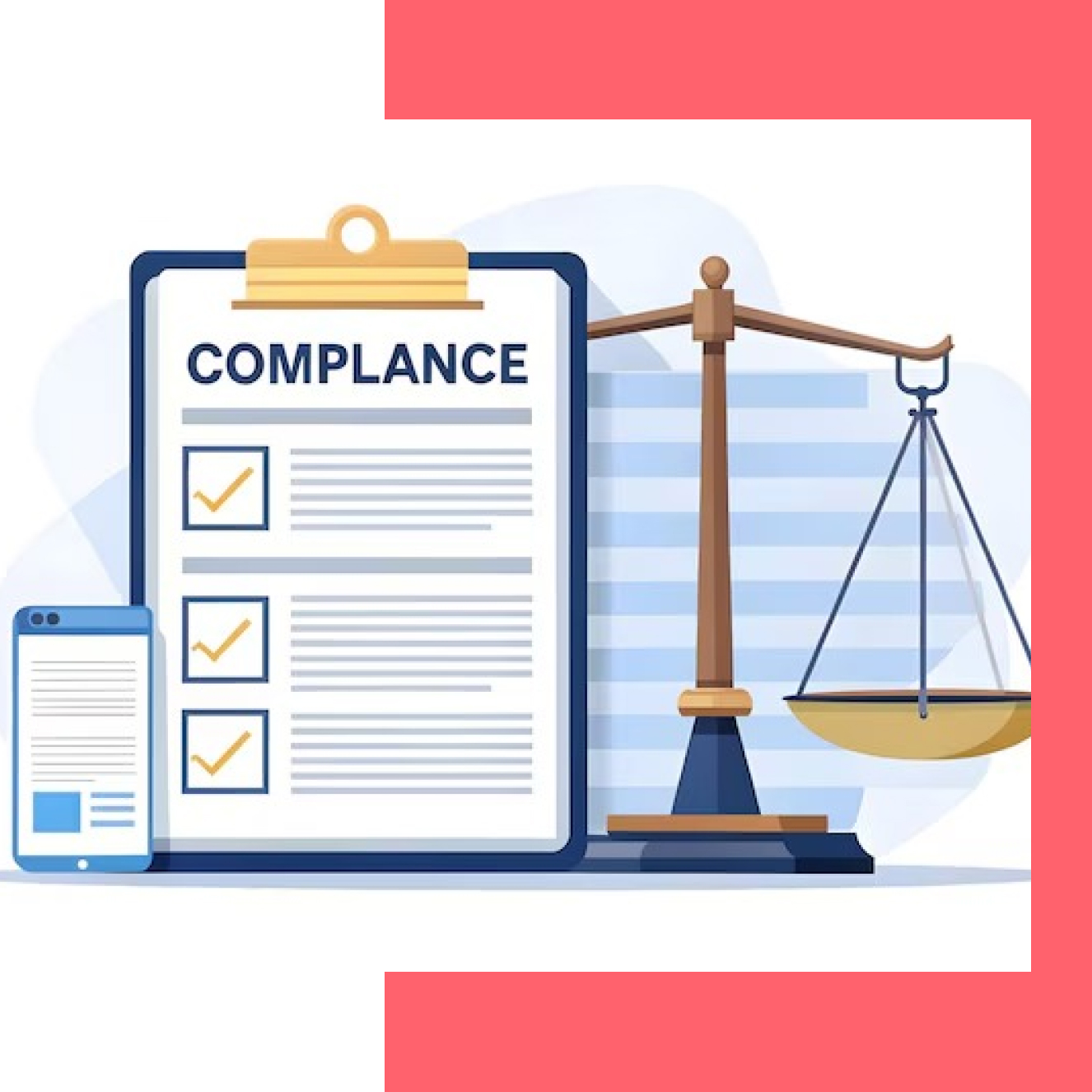EPR (EXTENDED PRODUCER RESPONSIBILITY) ANNUAL COMPLIANCE
At Silvereye Certifications, we recognize that managing the EPR Annual Compliance process can be challenging, especially for those unfamiliar with its requirements. Our experienced team is dedicated to streamlining this process for you. From document collection to final certification, we manage every aspect to ensure a smooth and hassle-free experience.
Our commitment to timely and reliable service is paramount. We guarantee no delays, no unexpected costs—just clear, professional support to help you achieve compliance efficiently and with ease. Let us take the stress out of the process so you can focus on what matters most: “Growing your Business”.

what is EPR ANNUAL COMPLIANCE ?
EPR (Extended Producer Responsibility) is a policy approach where the producers are given significant responsibility-financial and/or physical—for the treatment or disposal of post-consumer products. To reduce the dependency of the government for the waste management this approach shifts the responsibility for waste management from governments to the private sector, encouraging manufacturers to design eco-friendly products and invest in recycling and waste management programs. EPR (Extended Producer Responsibility) compliance is crucial for the business aiming to meet regulatory standards and contribute to environmental sustainability.
IMPORATNCE OF ANNUAL COMPLIANCE
To run a successful business in a market without any restrictions and hinderances it is important for the business to file for annual compliance and its importance are as follows
REGULATORY ADHERENCE
EPR (Extended Producer Responsibility) regulations may by country and region. Annual compliance ensures that the business meet the local legal requirements, avoiding hefty fines and all the legal repercussions.
ENVIRONMENTAL IMPACT
By properly following the EPR (Extended Producer Responsibility) guidelines, companies help to reduce the waste, promotes recycling, and minimize environmental harm, contributing to the global sustainability goals.
CORPORATE RESPONSIBILITY
Compliance demonstrates a company’s commitment to environmental stewardship, enhancing its reputation and building consumer trust. This helps the company to increase the workforce in their company and allow them to have a visionary future.
KEY COMPONENTS OF EPR ANNUAL COMPLIANCE
REGISTRATION AND REPORTING:
Producers must register with the relevant authorities and submit annual reports detailing the amount of product placed on the market and the waste collected and recycled.
FINANCIAL CONTRIBUTIONS:
Companies are often required to pay fees that support waste management and recycling infrastructure. These fees are typically based on the volume or weight of products sold.
COLLECTION AND RECYCLING:
Establishing systems for the collection and recycling of end-of-life products is a cornerstone of EPR (Extended Producer Responsibility). This may involve collaborating with waste management companies or setting up take-back schemes.
DOCUMENTATION AND AUDITING:
Maintaining thorough records of EPR (Extended Producer Responsibility) activities and undergoing periodic audits ensures transparency and compliance with regulations.
STEPS TO ACHIEVE EPR ANNUAL COMPLIANCE
UNDERSTAND LOCAL EPR REGULATIONS:
EPR (Extended Producer Responsibility) requirements may vary by country and region. Company must stay informed about the specific regulations that apply to their operations.
DEVELOP AN EPR STRATEGY:
The second step is to create a comprehensive plan that outlines how the company will meet its EPR (Extended Producer Responsibility) obligations. This plan should include strategies for product design, waste collection, recycling, and reporting.
COLLABORATE WITH PARTNERS:
The next step is to work with waste management companies, recycling facilities, and other stakeholders to implement effective EPR (Extended Producer Responsibility) programs. Partnerships can help streamline processes and reduce costs for the waste management and helps to do a sustainable business.
INVEST IN ECO-DESIGN:
The fourth step is designing products with sustainability in mind can reduce environmental impact and make compliance easier. This includes using recyclable materials and designing for easier disassembly and recycling.
MONITOR AND REPORT:
the fifth step is to keep the detailed records of EPR (Extended Producer Responsibility) related activities and submit accurate annual reports to relevant authorities, regular monitoring helps to ensure the on-going compliances and identify areas for improvement.
CHALLENGES IN EPR COMPLIANCE
COMPLEX REGULATIONS:
Navigating the diverse and often complex EPR (Extended Producer Responsibility) regulations across different regions can be challenging. Staying up-to-date with legislative changes is essential.
COST MANAGEMENT:
Implementing EPR (Extended Producer Responsibility) programs can be expensive, particularly for small businesses. However, the long-term benefits of sustainable practices often outweigh the initial costs.
CONSUMER PARTICIPATION:
Engaging consumers in take-back and recycling programs can be difficult. Effective communication and convenient collection options are crucial for success

